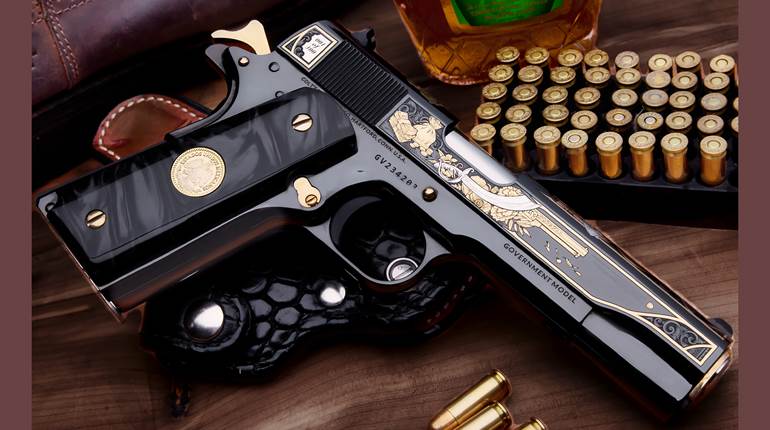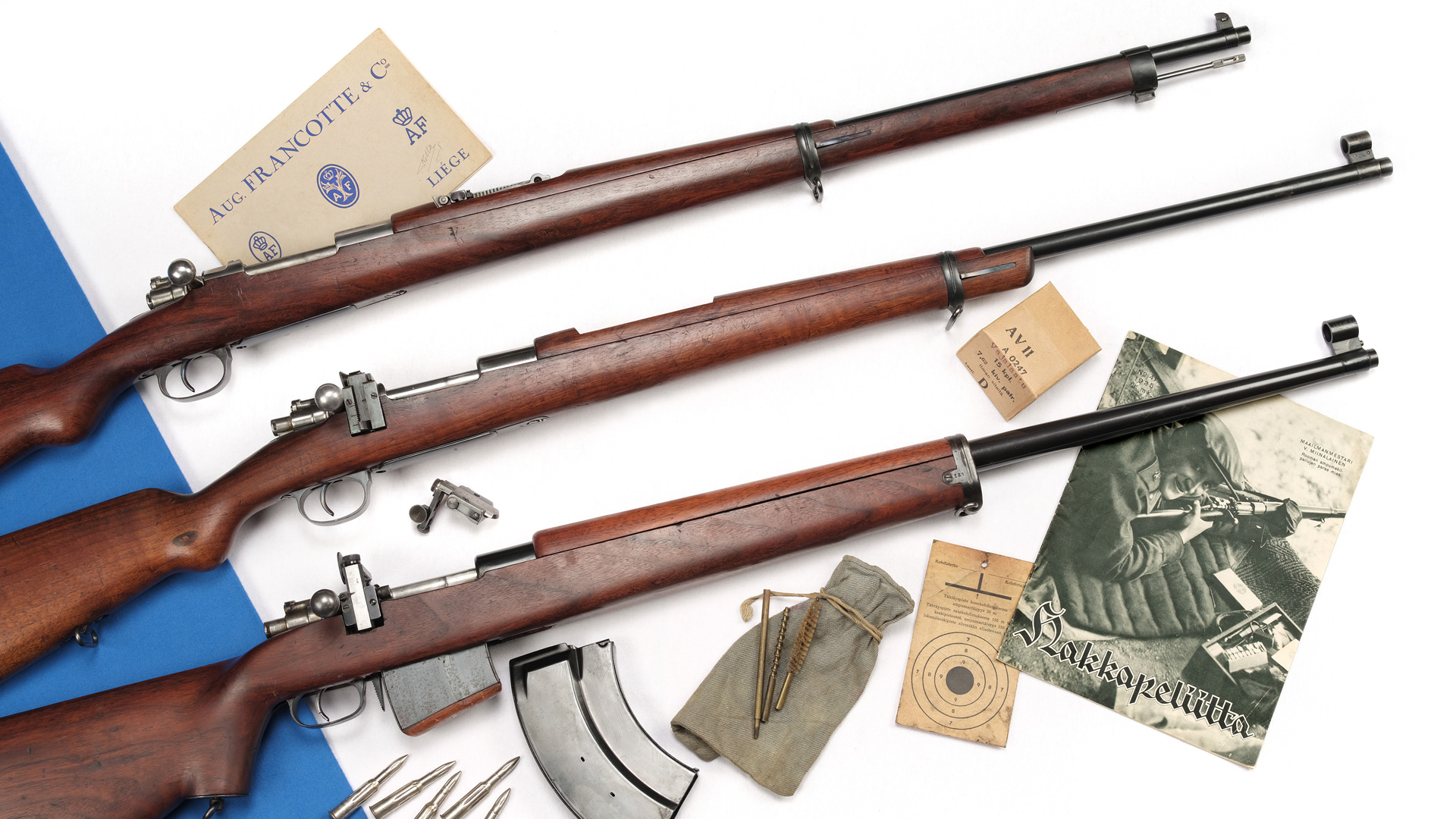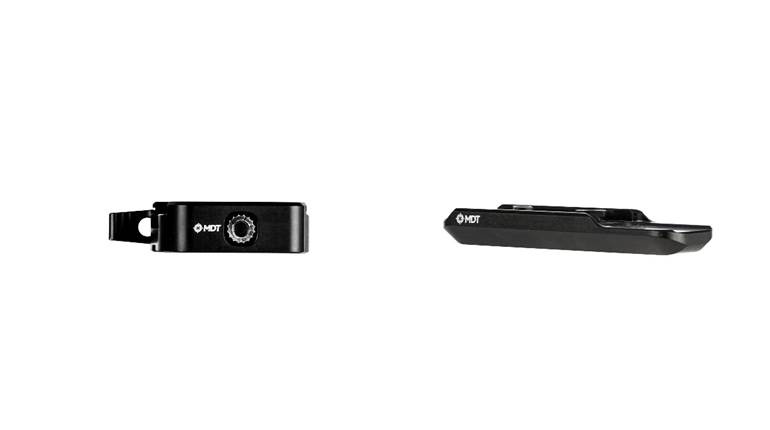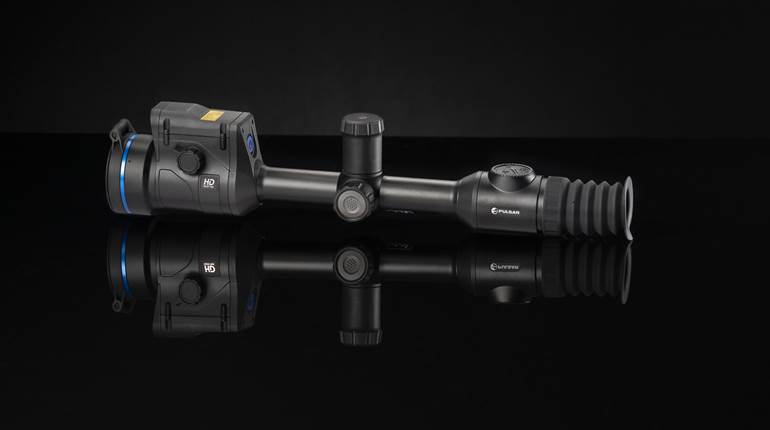
I once drove clear across the Los Angeles basin in heavy traffic to a gun store in the beach city of Santa Monica. It was not a pleasant trip, but I heard they had a particular 9 mm pistol in stock, and I just had to handle one. This was in the early '80s, and the various battles of the "Wondernine" wars were ongoing. The gun in question was a stainless-steel, DA/SA 9 mm with mysterious European origins.
As it happened, the gun in question was—to say the least—questionable. It was called the Rogak P18, and the salesman behind the counter suggested that I was privileged to handle this magnificent example of handgun royalty. The sound in the distance may have been the departing turnip truck, but I did not just fall off of it—the pistol was very poorly fitted and finished. I handed it back and politely declined the precious 58th place on the waiting list.
I guess the forgoing observations are not a proper means of introducing a pistol that is the first in a new series highlighting guns of no small merit which never achieved the popularity they deserved. In this case, the Rogak P18—a licensed but crappy version of the Steyr Arms GB—suffered mightily when it was available in the US before the true and accurate Austrian import. American shooters knew about the poor quality of the P18 and inferred the pistol with the same profile and specifications was also a loser. It was not, but it came along at a time when the competition in 9 mms was fierce.
For that reason, the excellent Steyr GB 9 mm pistol, made in Austria by L.E.S. Steyr Mannlicher, never got the attention it deserved. The old-line makers were no strangers to innovation, and their ingenious design team pulled out all the stops on this system. A rather large pistol (over 8" long and weighing approximately 32 ozs.), the GB was a DA/SA 9 mm service pistol.

The receiver was aluminum, over-molded with a tough black polymer material. The molding gave the gun its distinctive and excellent ergonomic contours. Carbon (blued) steel was the material used to build a more or less conventional slide. It looked pretty typical, but inside the gun, there was almost nothing that we're used to seeing. It was all different.
Conventional pistols, with barrels that turn, twist, tilt or toggle in order to unlock from their recoil-operated position at the moment of firing, are inherently inaccurate. The barrel has to return to the same position relative to the sights, and it can be done only with difficulty. With the GB, the barrel was firmly affixed to the receiver.
Also, the barrel was cylindrical with a machined ring at about the mid-point. This ring was a slip-fit to the inside of the slide. On the forward edge of that inner ring, Steyr designers drilled a gas port through to the barrel. The front end of the slide involved a cap device that closed off what was actually a gas chamber.
When a round fired, and the bullet went down the barrel, gas bled through the port and the chamber. At considerable pressure the gas expanded in all directions, including forward against the cap. The cap was fixed on the front end of the slide and pressure against it kept the slide closed.
Of course, when the bullet exited the muzzle, the system DE-pressurized in an instant. This allowed the slide to recoil against a strong recoil spring for the familiar automatic pistol cycle of extract, eject, feed and close. Need I mention the “GB” in the pistol's designation—when translated from the German—stands for “gas brake?” The pistol is a very well-executed form of gas-delayed blowback. And there are some almost forgotten advantages to the clever manipulation of powder gases. For one thing, a cartridge that operates at higher pressure produces more gas and literally—more lock.

This means that the pistol can take almost anything in a 9 mm cartridge, Many moons ago, I was reviewing one of the hefty guns, and I fired a number of different rounds through it. That included a 158-gr. FMJ from IMI. I think it was probably intended for the maker's Uzi submachine gun, but it worked fine. This feature appealed to military units that might have to use captured ammo.
GB ergonomics got a lot of approving checks on the review of the gun, as did the accuracy, handling, operation and reliability. However, it was that cavern of a magazine that seemed to get the handgunners of the 1980s all breathy and quivering. The GB magazine held 18 rounds, and one more in the pipe made it 19. That held the record for several years.
There was also another feature of that bottomless magazine that I really liked. Obviously, it was a two-column affair, but unlike almost every competing magazine, the GB's fed from both right and left sides. This reminded me a great deal of loading the superb Thompson submachine gun. It is markedly easier to load a GB magazine than any other one I can remember.
The Steyr GB was an ingenious design that was late to the US service pistol trials. The Austrian 9 mm delivers ease of handling, accuracy, reliability and a long service life. They're rare these days, but if you get a chance to shoot one, by all means try it out. You'll understand why we see this fine handgun as a sleeper.




































